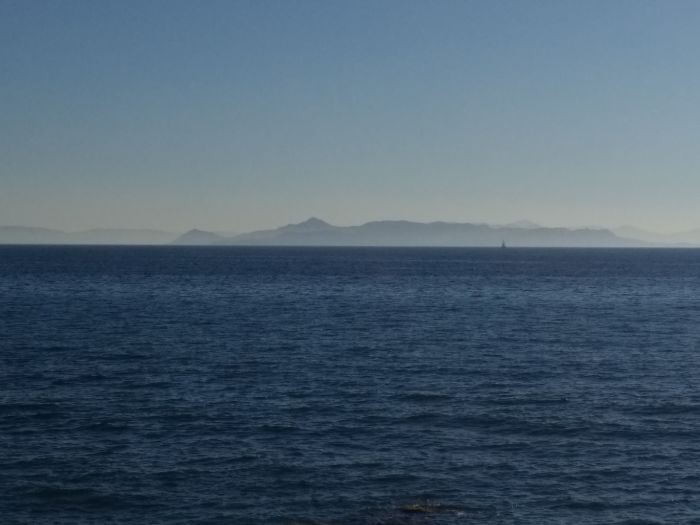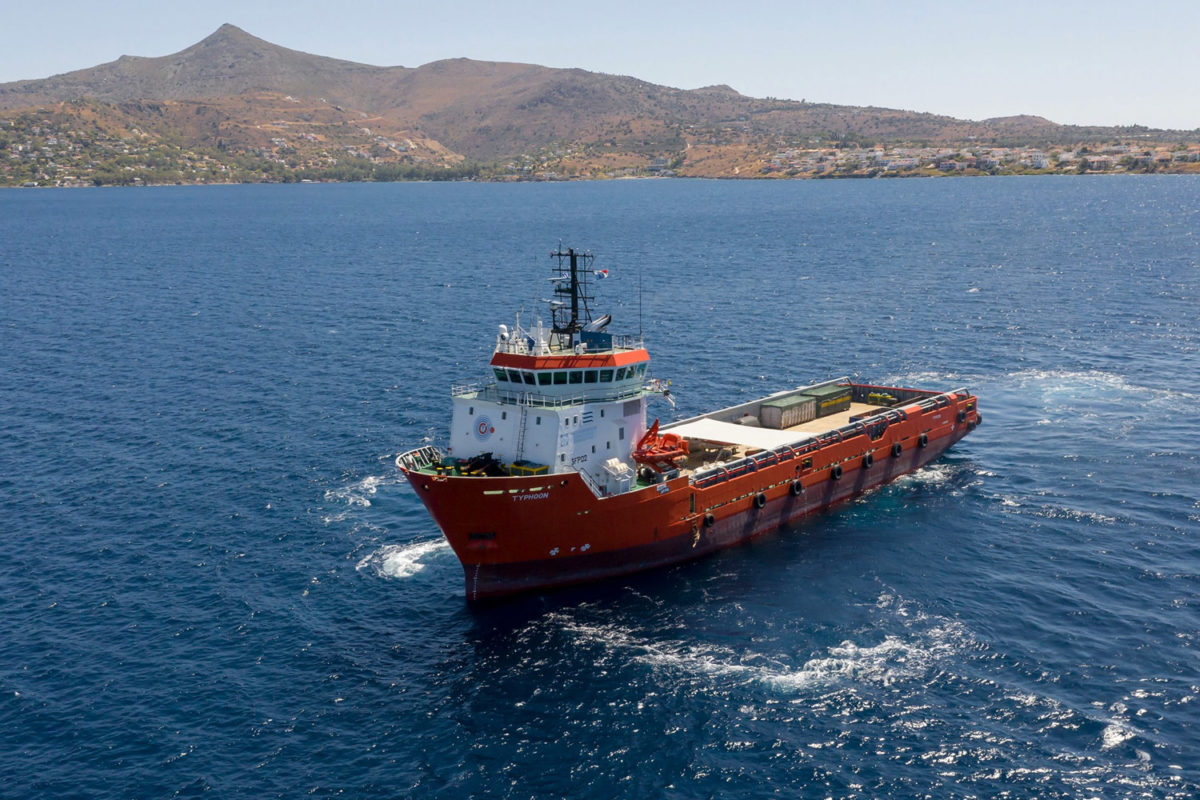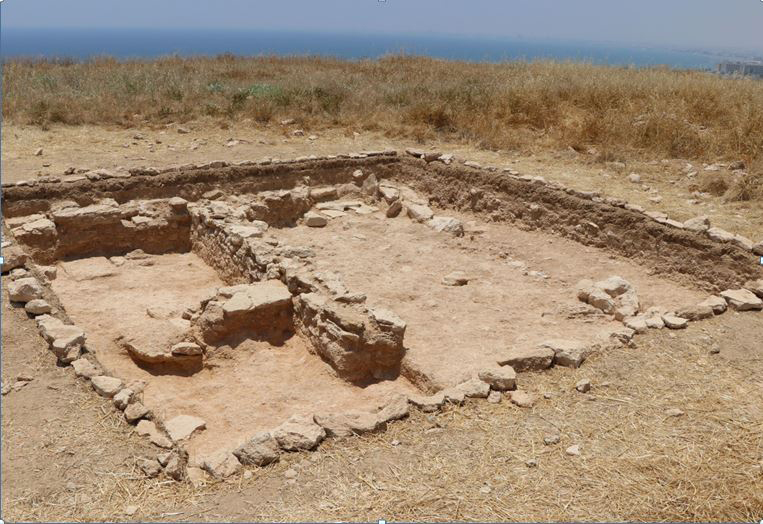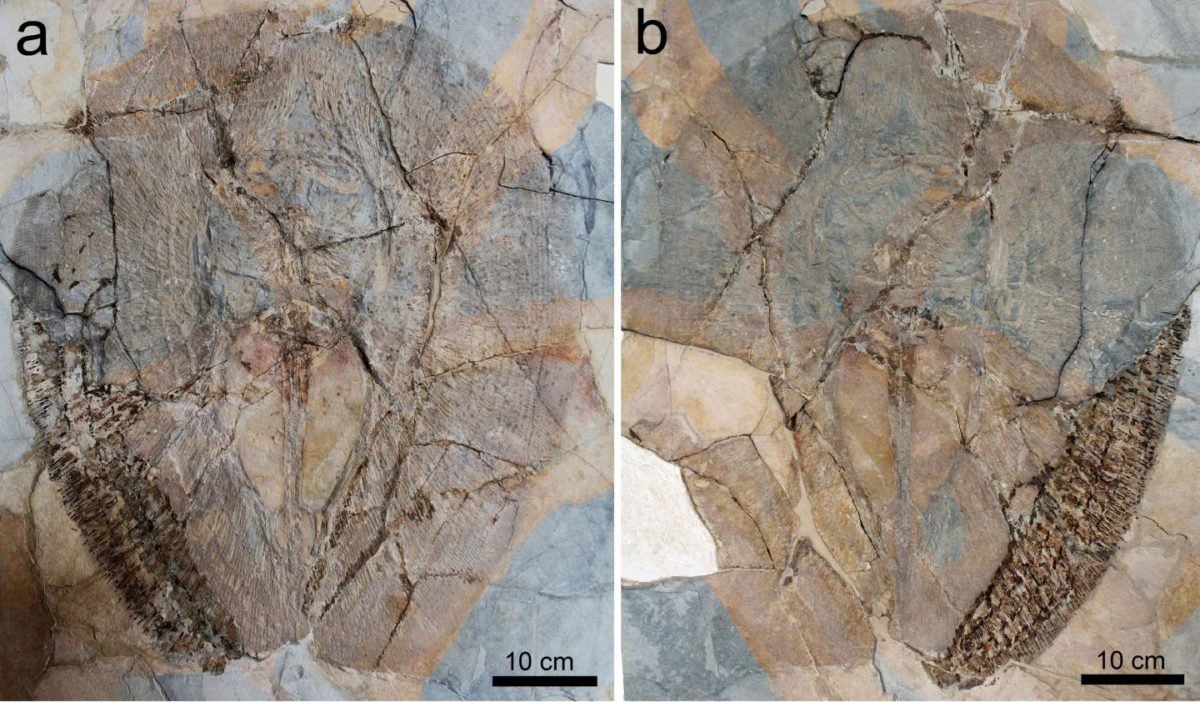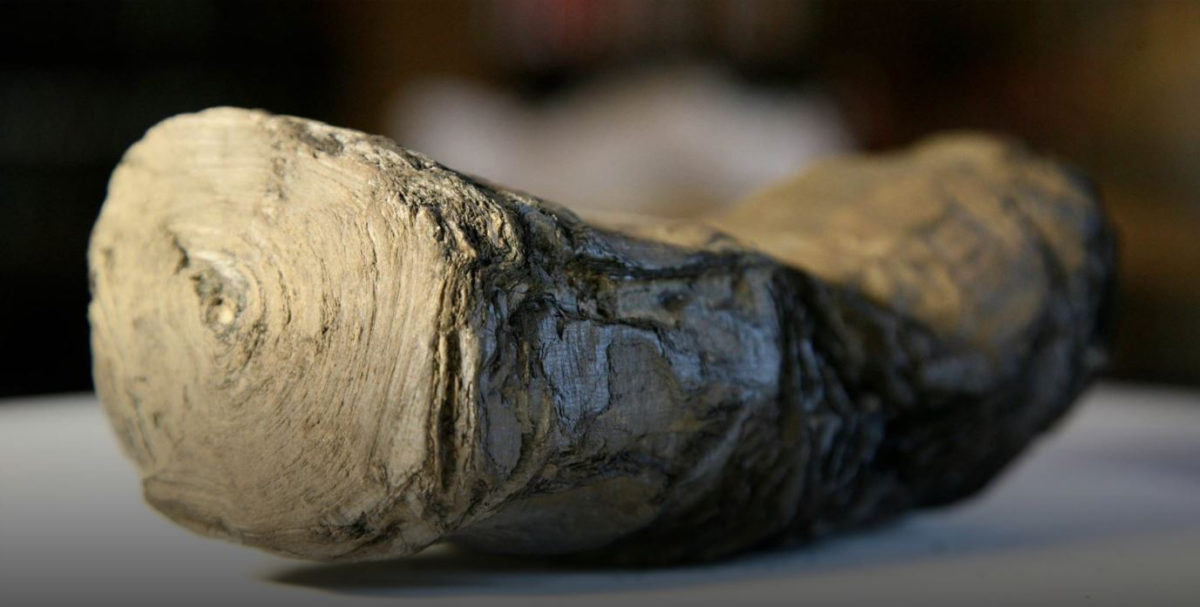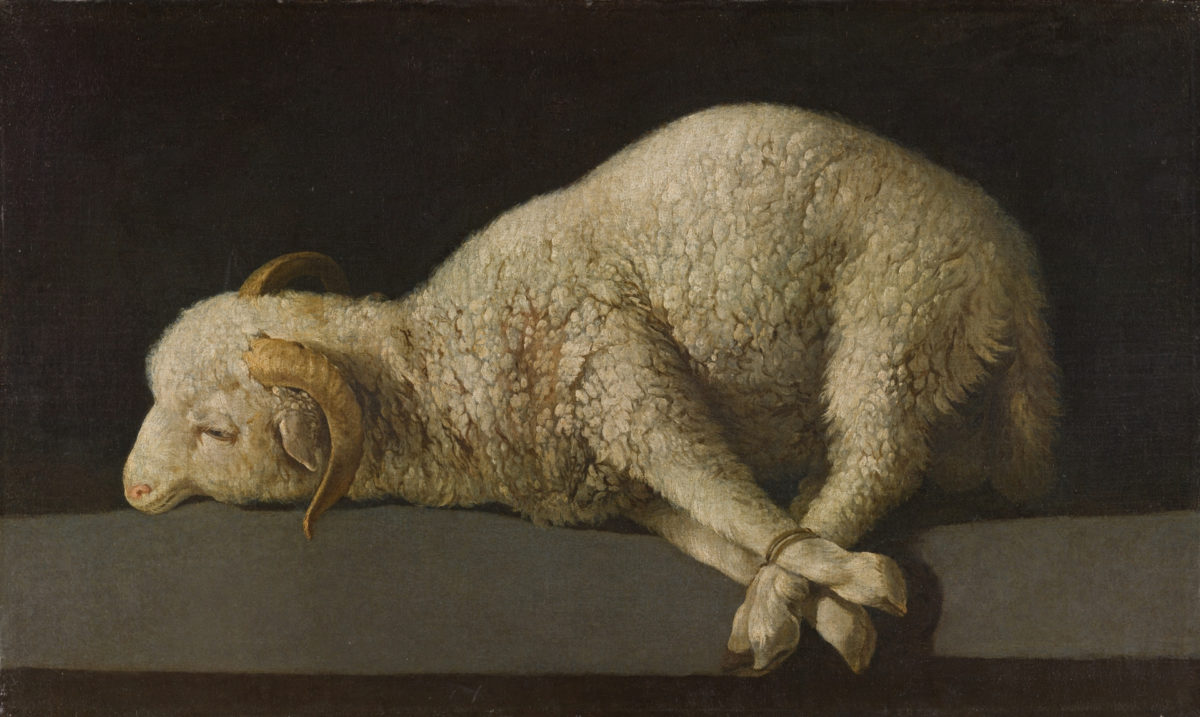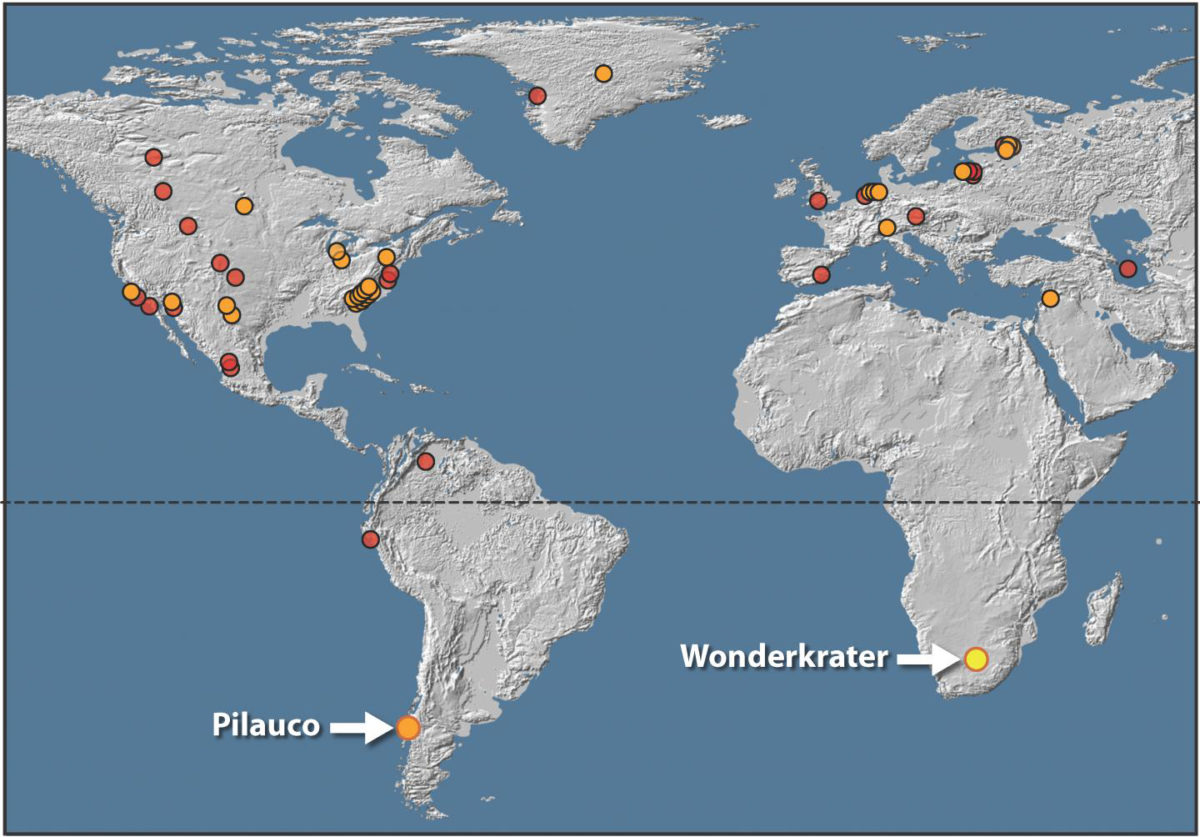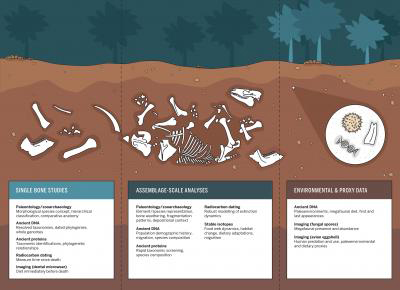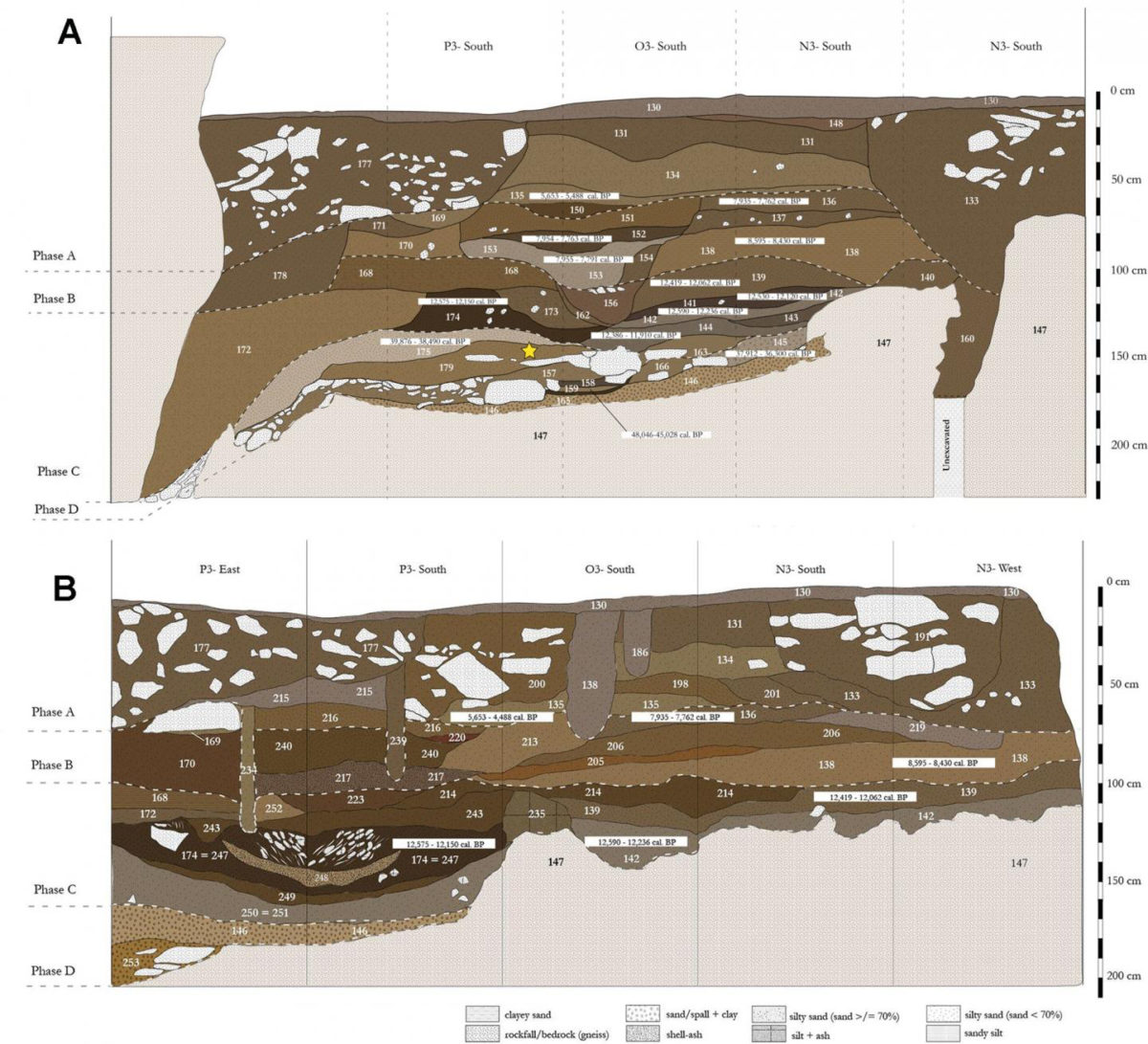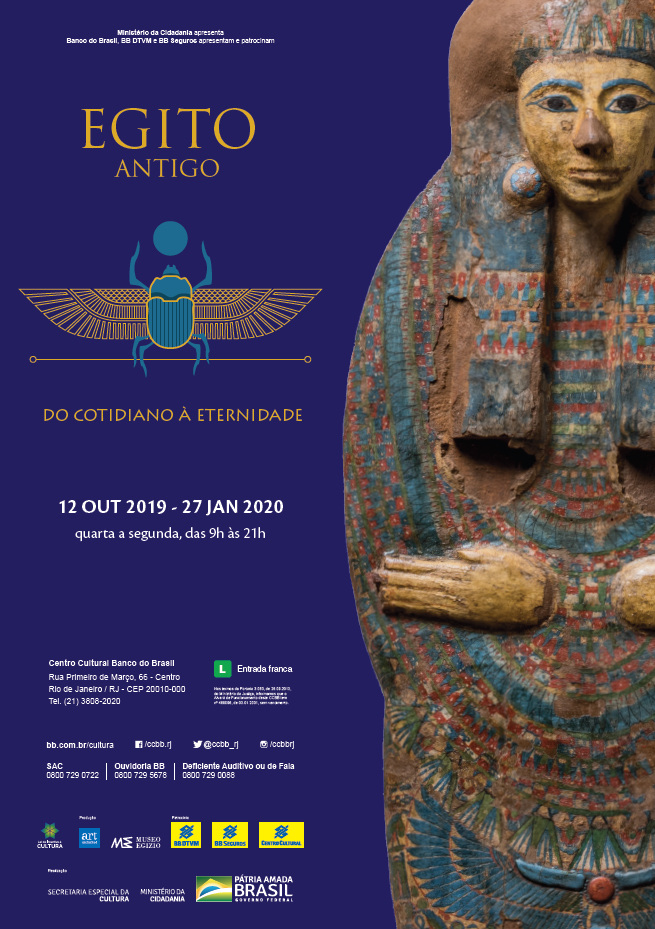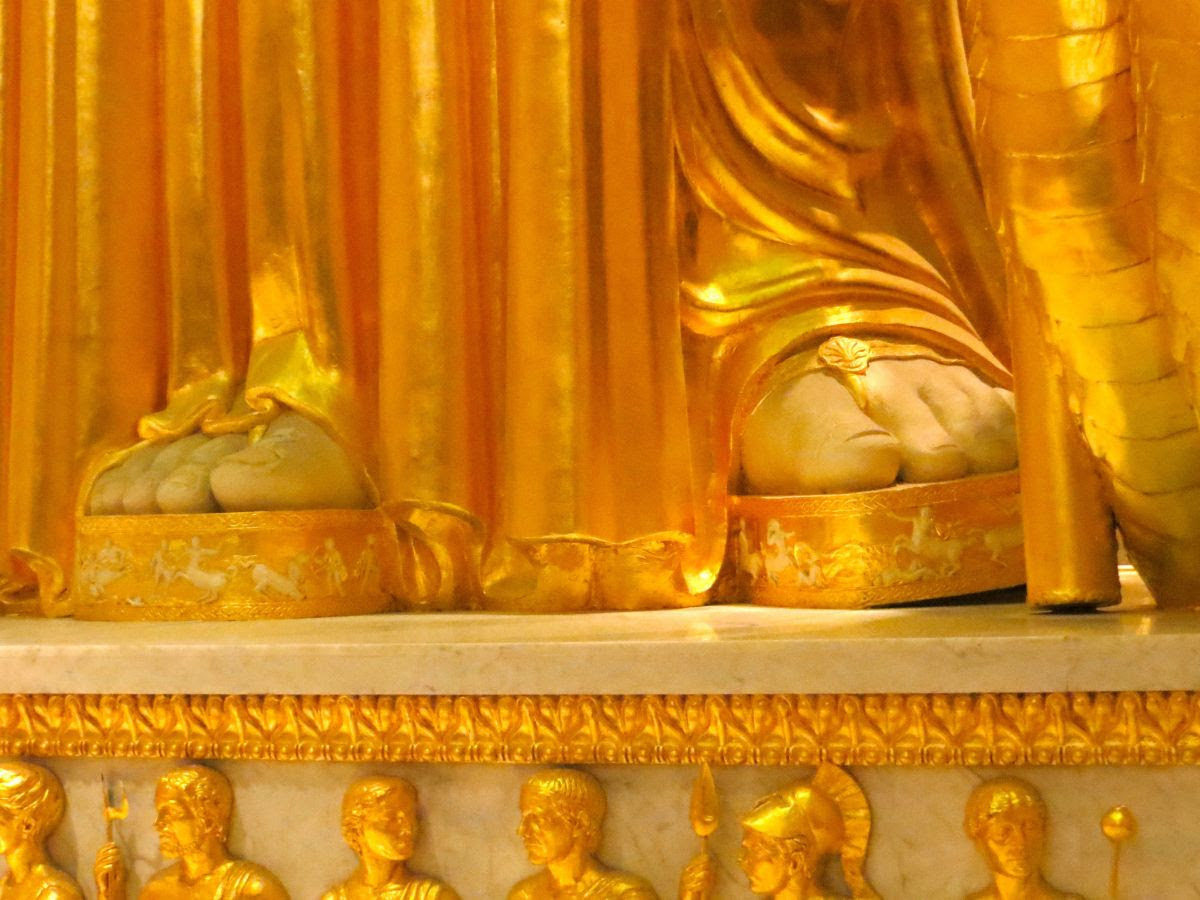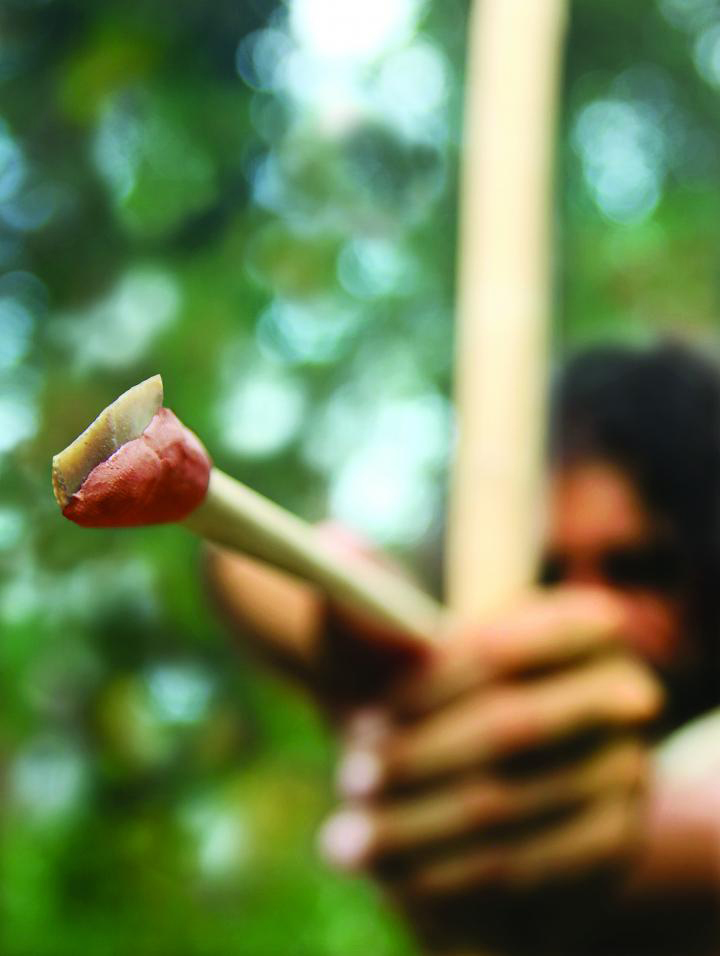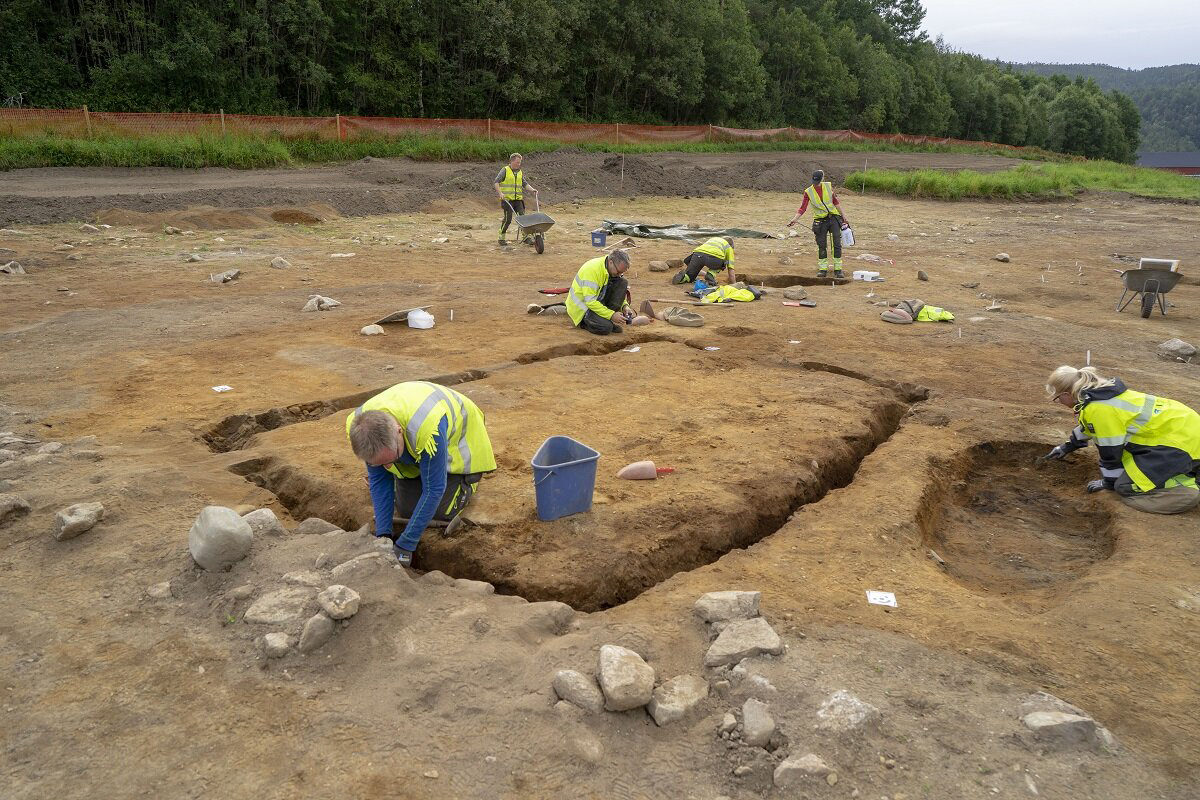Polish scientist tracks migrations of ancient Greek potters
Recent analysis shows that around 1200 BC, potters from Aegina left their homes and began to make characteristic vessels in many places scattered along the Gulf of Euboea.
Ptolemaic Temple found in Kom Shakau, Upper Egypt
The remains of the temple of Ptolemy IV have been unearthed at Kom Shakau in Sohag, Egypt.
Continuing research on the Antikythera Shipwreck
The aim of this research is to update the mapping of the archaeological site and assess the condition of the shipwreck.
Latest excavations at the ancient town of Pyla-Koutsopetria
PKAP’s 2019 field season was focused on further understanding the site’s fortification system, as well as getting a clearer picture of the domestic/industrial areas within.
The last mammoths died on a remote island
The last woolly mammoths lived on Wrangel Island in the Arctic Ocean; they died out 4,000 years ago within a very short time.
New finds from the excavation at Sissi in Lasithi
Over 100 archaeologists of various nationalities took part in the 10th excavation season at Sissi (municipality of Agios Nikolaos) in Crete conducted by the Belgian School at Athens (EBSA) in collaboration with the Ephorate of Antiquities of Lasithi.
Fossil fish gives new insights into the evolution
An international research team led by Giuseppe Marramà from the Institute of Paleontology of the University of Vienna discovered a new and well-preserved fossil stingray with an exceptional anatomy, which greatly differs from living species.
More than 200 works by Andy Warhol are on show at the Pietrasanta Basilica
The exhibition gives the public the opportunity to view most of the works by the brilliant American artist.
UNESCO representative visits Spinalonga for inspection
It is finally a matter of time for the granting of Spinalonga's request, submitted last January, to be included on the list of UNESCO World Heritage Sites.
2,000-year-old Herculaneum Scrolls studied using UK’s Synchrotron, Diamond Light Source
Using this powerful light source and special techniques the team has developed, the researchers are working to virtually unwrap two complete scrolls and four fragments from the damaged Herculaneum scrolls.
Rembrandt-Velázquez: Dutch & Spanish Masters at the Rijksmuseum
In this exhibition, 60 paintings by Spanish and Dutch masters hang alongside each other in pairs, resulting in fascinating visual dialogues on realism and eternity, religion and beauty.
Tapestries in the Hermitage Collection
The exhibition contains twenty pieces that represent European tapestry weaving belonging to such artistic tendencies as Historicism, the Art Nouveau and Modernism.
Verrocchio: Sculptor and Painter of Renaissance Florence
The exhibition examines the wealth and breadth of Verrocchio's extraordinary artistry by bringing together some 50 of his masterpieces in painting, sculpture, and drawing.
Rembrandt’s Light to see in London
Exhibition celebrates 350 years since his death with 35 of his iconic paintings, etchings and drawings, including major international loans from The Louvre and Amsterdam’s Rijksmuseum.
African evidence support Younger Dryas Impact Hypothesis
A team of scientists from South Africa has discovered evidence partially supporting a hypothesis that Earth was struck by a meteorite or asteroid 12 800 years ago.
Microscopic evidence sheds light on the disappearance of the world’s largest mammals
New, state-of-the-art methods provide detailed insights into the timing and causes of 'megafauna' extinctions in the past.
The oldest microlith technology in a rainforest setting
Microliths — small, retouched stone tools — found in a Sri Lankan cave are the earliest evidence of such advanced technology in South Asia.
Ancient genomes provide insight into the genetic history of the second plague pandemic
An international team of researchers has analyzed remains from ten archaeological sites in England, France, Germany, Russia, and Switzerland to gain insight into the different stages of the second plague pandemic.
Ancient Egypt: From everyday life to eternity
The exhibition features 140 objects on loan from the Egyptian Museum in Turin.
Bodies, Bases and Borders: Framing the Divine in Greco-Roman Antiquity
Seminar in Ancient Art and Archaeology at the Institute of Fine Arts, NYU.
Arrest of persons conducting illegal excavations
Two gangs were located, whose members were involved in illegal antiquities excavations in the regions of Thessaly and Pieria and also in possession of ancient artefacts.
Four bronze sculptures on The Met’s facade
After 117 years the empty niches of the museum's facade are occupied by four bronze sculptures by Kenyan-American artist Wangechi Mutu.
Insight into competitive advantage of modern humans over Neanderthals
A team of Japanese and Italian researchers, including from Tohoku University, have evidenced mechanically delivered projectile weapons in Europe dating to 45,000-40,000 years.
Viking Age mortuary house found in central Norway
A Viking Age mortuary house was discovered during the excavation of the burial ground of one of the Viking Age farms on Vinjeora in Hemne in Trondelag.
